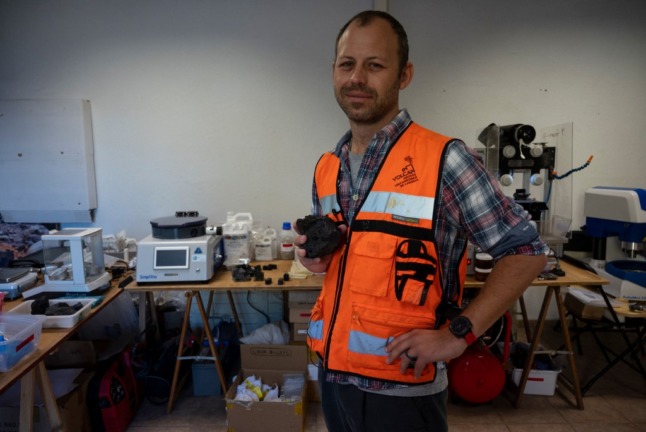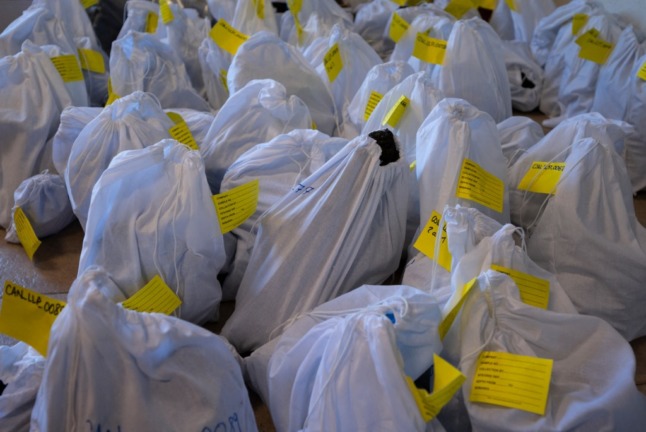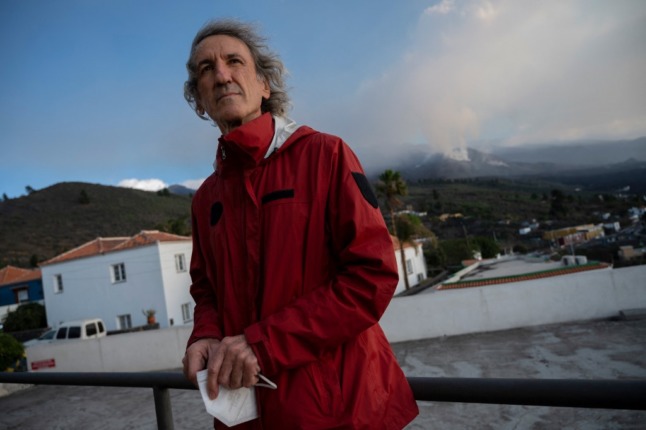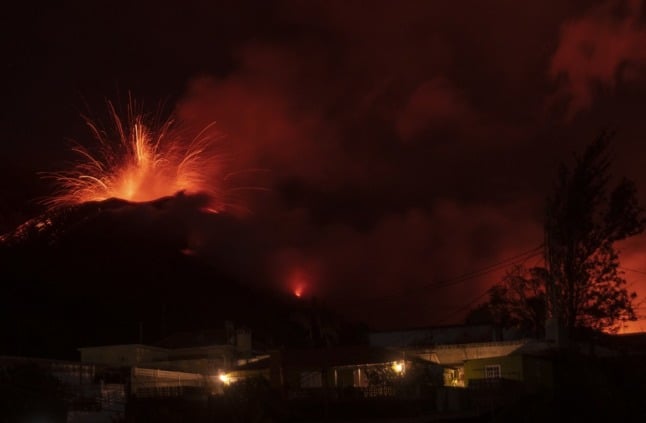Like other scientists around the world, he was eager to get a first-hand look at the rare and valuable data spilling out of the Cumbre Vieja volcano off Africa’s northwest coast.
“It’s a huge opportunity to learn,” said the scientist with Involcan, the Canary Islands Volcanology Institute.
“The more observations we make closer to the time that material has come out of the volcano, the more chance we have of making a scientific impact.”
A few kilometres from where the volcano shot up from flat ground on September 19th, he and other scientists have set up an improvised lab in a house provided by the local authorities.
Neatly lined up on tables inside are obscure volcanic rocks collected from the ash-covered ground around the volcano, all of them labelled ahead of further analysis.
“At the moment, this is by far the most closely watched volcanic episode that has ever happened in the Canaries,” Pankhurst said.

The eruption, the first in La Palma since 1971, is the longest on record on the island of around 83,000 people.
No injuries or deaths have been directly linked to the eruption, but the lava flow has destroyed 1,345 homes, mainly in the island’s west, and forced more than 7,000 people to evacuate.
‘Collaborative effort’
At the foot of the fuming volcano, in an area closed to the public, scientists have been collecting lava samples, using metal sticks when it is still hot and hammers when it has cooled.
They then cut down the rocks into small samples that can be sent off to colleagues for analysis around the world.
“It’s a collaborative effort,” said Pankhurst.

The volcano fell silent on Monday evening and scientists are cautiously optimistic that after three months of explosions and earthquakes, the eruption may be ending.
But at a lookout providing a clear view of the volcano, Maria Jose Blanco, the director of the National Geographic Institute in the Canary Islands, warned the area was still under observation.
“To be able to say that the eruption is definitely over, these parameters need to stay at similar levels for at least 10 days,” she said, standing in the square near a small church in the municipality of El Paso that has drawn scores of scientists, journalists and bystanders to watch the eruption.
Further down the slope at her institute’s control centre, some 70 experts have worked away since the start of the eruption.
They will have to keep monitoring the volcano even after it ends as the mountain will continue to spew toxic gases for a long spell, complicating life on the island.
‘Can’t ignore nature’
Governments must prepare better to face future volcanic crises, because population density is only increasing, said Blanco, whose frequent media appearances in recent weeks have made her a familiar face in Spain.
“We can’t live with our backs to nature and forget that this is a volcanic archipelago, that eruptions have occurred in the past and will continue to occur,” she said.
Since the autumn, the slow-moving lava has covered over 1,200 hectares (about 3,000 acres) of land on its way to the Atlantic, dealing a blow to the island’s two key industries — tourism and banana farming.
Also standing in the church square, Vicente Soler, a volcanologist with Spain’s National Research Council, said the eruption had hit the island where it most hurt.

“The most populated and richest area economically for agriculture is this one,” he said of the land affected.
“The first month was very hard, because you saw houses burning and collapsing every day,” he added.
But the scientist, also a regular commentator on Spanish television, said he was proud to have monitored the eruption and hoped that attempting to explain the event could “to a small extent, help the local population.”
As Soler spoke, a young man recognised him and his trademark white hair from the news, and asked to take a selfie with him.
“Thanks for your work,” the young man said, before heading off.
READ ALSO: Five ways you can help Spain’s volcano-hit La Palma
READ ALSO: Spain promises help for volcano damage on La Palma as lava still flows



 Please whitelist us to continue reading.
Please whitelist us to continue reading.
Member comments